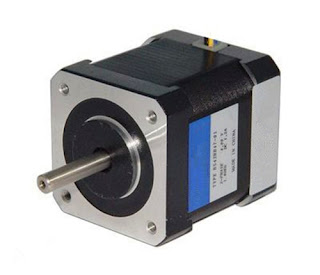From the hardware point of view, milling machine CNC system is divided into single microprocessor numerical control system and multi microprocessor numerical control system.
1. Single microprocessor numerical control system
1. Single microprocessor numerical control system
In a single microprocessor numerical control system, the whole system has only one CPU, it uses centralized control, time-sharing way to control. Single microprocessor numerical control system of the main features of the performance: CPU time-sharing control. CPU through the address, data and control of the three major bus connected to the control unit and the exchange of information.
2. Multi-microprocessor numerical control system
Multi-microcomputer numerical control system will control the task is divided into various modules, each module by a separate microprocessor to control. The system through the coordination of the various modules to complete the control of the milling machine. Compared with the single microprocessor numerical control system, the operation speed of the multi-microprocessor numerical control system has been greatly improved.
Multi-microprocessor functional modules include:
1) management module. Used to manage and organize the entire milling machine CNC system work.
2) interpolation module. Mainly to complete the pre-processing before interpolation.
3) position control module. Used to compare the position setpoint with the actual value of the position, and adjust the output speed command to drive the milling machine feed motor.
4) memory module. The memory module is the main memory of the program and data, or the shared memory for data transfer between the functional modules.
5) PLC function module. It is part of the program in the switch function and the milling machine to the logic of the signal processing, to achieve the machine electrical equipment switching control.
6) operation panel and display module. This module includes part program, parameters and data, various operation commands input/output and display the various interface circuits required.
In the CNC system of multi microprocessor, the communication and communication between modules are mainly composed of shared bus and shared memory, two kinds of structure. In the shared bus architecture, each function module is plugged into a chassis with a bus socket, and the modules are effectively connected together by the milling machine system bus. In the shared memory architecture, each module exchanges information with the common memory, and the public memory is directly attached to the system bus, and each module can access the information.
























